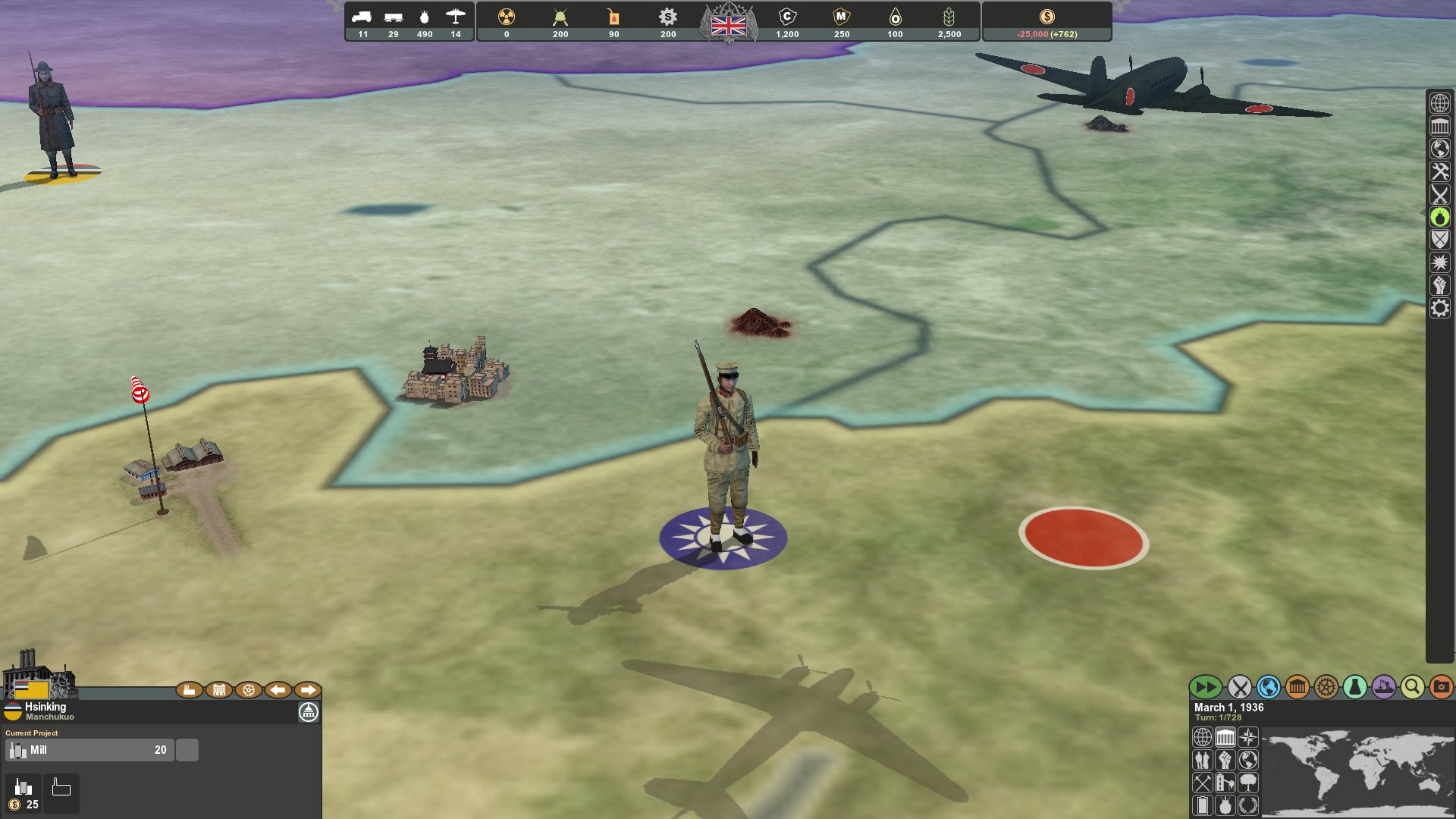

Louis sailed back to Europe on June 6, 1939. Louis sailed to Miami, Florida where the Jewish refugees were again refused entry due to strict quota limits and isolationist sentiment.

With 908 passengers still aboard, the St. On June 2, the ship was ordered to leave Cuba. Louis arrived in Cuba on May 27, the Cuban government only allowed 28 passengers into the country. However, shortly before the ship set sail, Cuba invalidated the landing permits and transit visas of the Jewish refugee passengers. The majority of the passengers had applied for US visas, and planned to stay in Cuba until they could enter the United States. Louis set sail from Hamburg, Germany with 937 passengers, almost all of whom were Jews fleeing the Third Reich. German advertisement poster for the Hamburg-America Line’s transatlantic liners, St. Much of the confiscated collection was returned to the Federal Republic of Germany in 1963 as part of a "book repatriation" by the United States.

Friedrich Rehse, aged 81, died on Januin Munich, Germany. The remainder of the collection, along with the files of the NSDAP main archive, were taken to the Library of Congress in Washington DC. The collection was confiscated, and the unlawfully acquired pieces were returned to their rightful owners. The collection was kept in the office of the NSDAP in the Munich Schellingstrasse, and in 1932 was named the "FJM Rehse Archive for Contemporary History and Journalism Munich.” In 1935, the collection was moved to the north wing of the Munich Residence, which was turned into a museum and renamed the “FJM Rehse Archive and Museum of Contemporary History Munich." The collection continued to grow both through legitimate acquisitions and through Nazi plunder until the end of the war when Munich was liberated by American troops in 1945. In 1929, the NSDAP, which up to that point had saved little of their early works, purchased the entire collection from Rehse for 80,000 Reichsmarks and appointed him archivist of the collection. Rehse continued to add to his collection throughout the 1920’s, becoming friendly with Adolf Hitler and other National Socialist German Workers' Party (Nazi Party or NSDAP) leadership and acquiring many pieces of their early propaganda work. He worked as a photographer until the outbreak of World War I, when he began collecting printed materials such as pamphlets, maps, stamps, postcards, letters, photographs and posters. Friedrich Josef Rehse was born on March 23, 1870, in Münster, Germany.


 0 kommentar(er)
0 kommentar(er)
